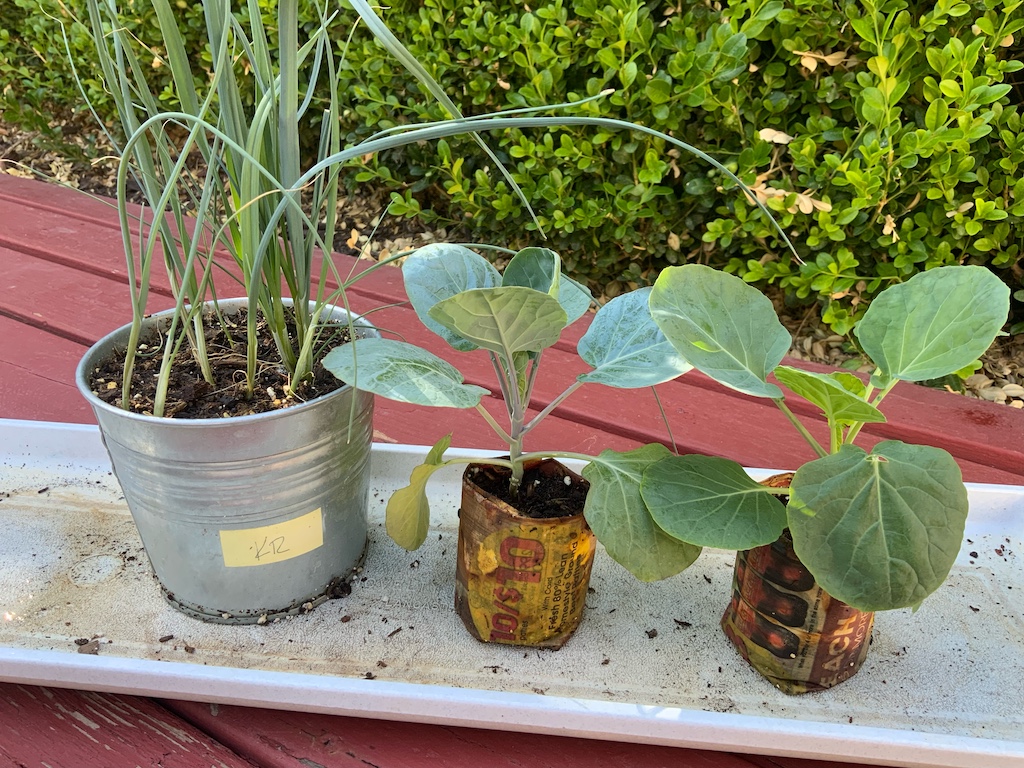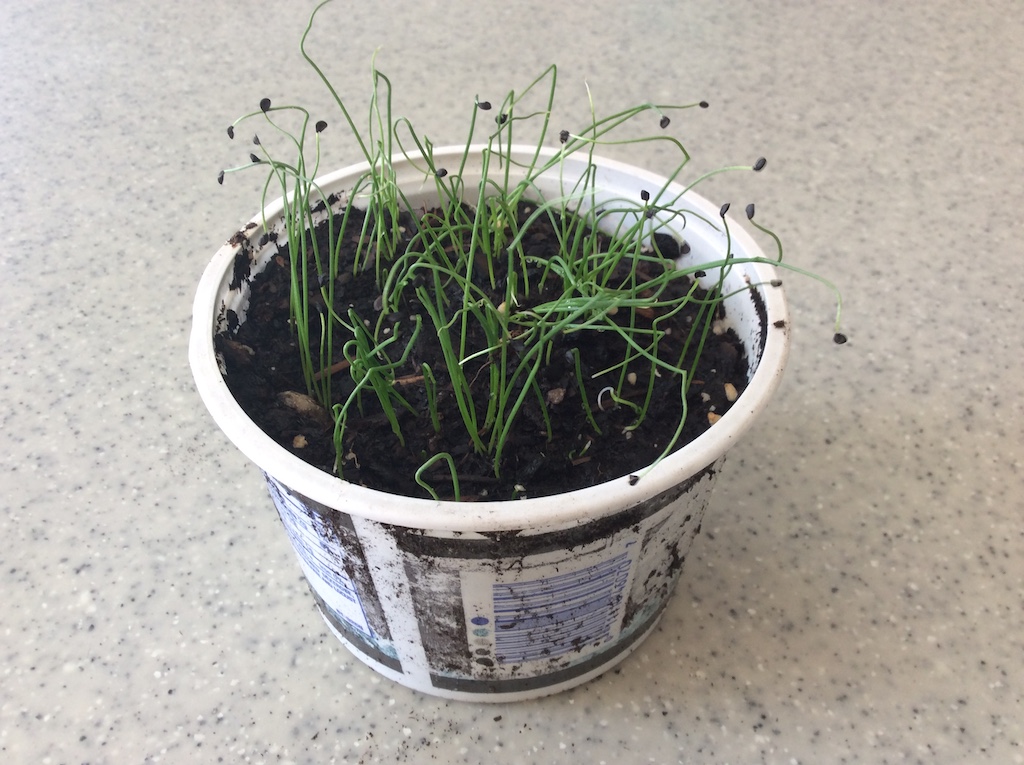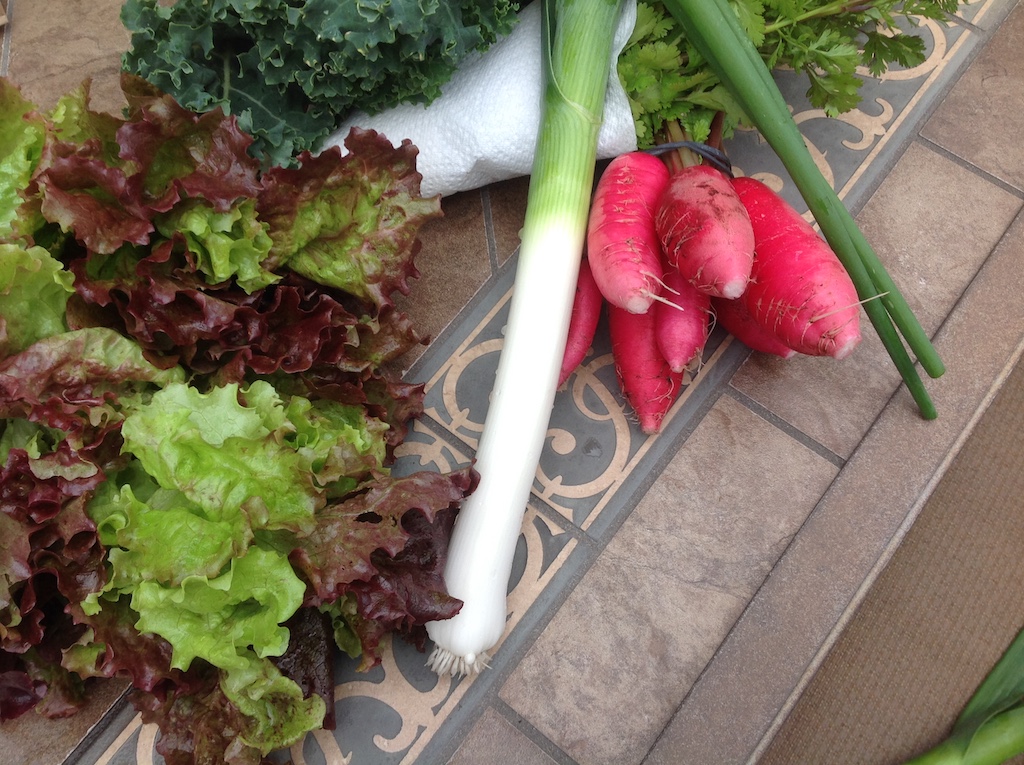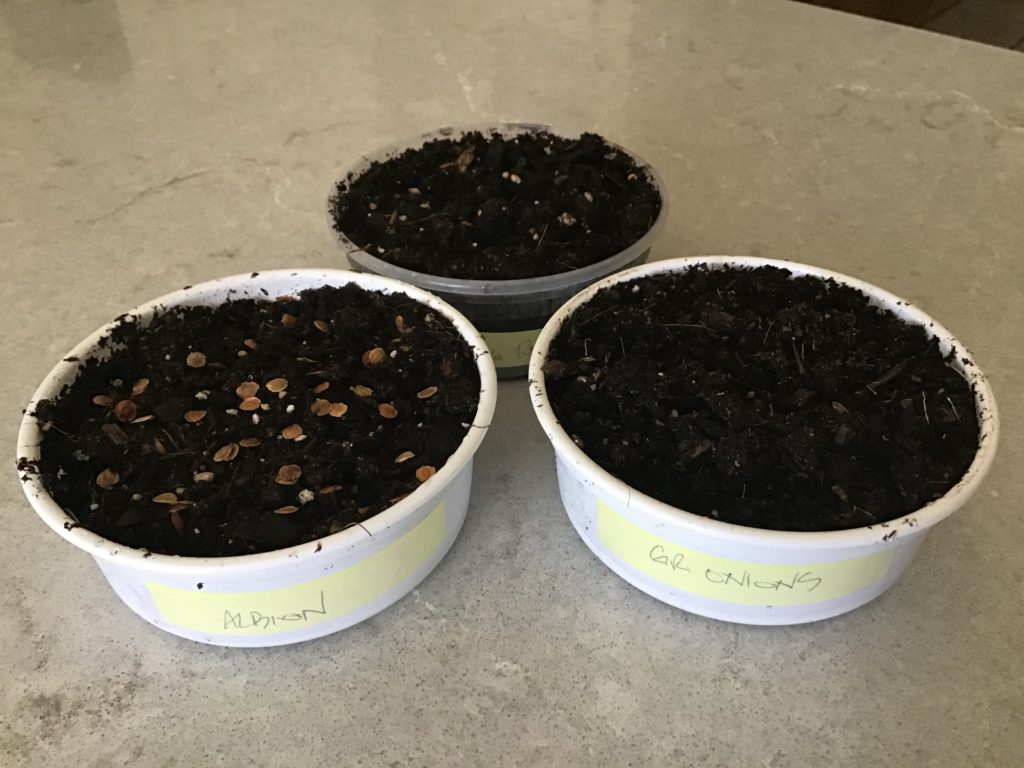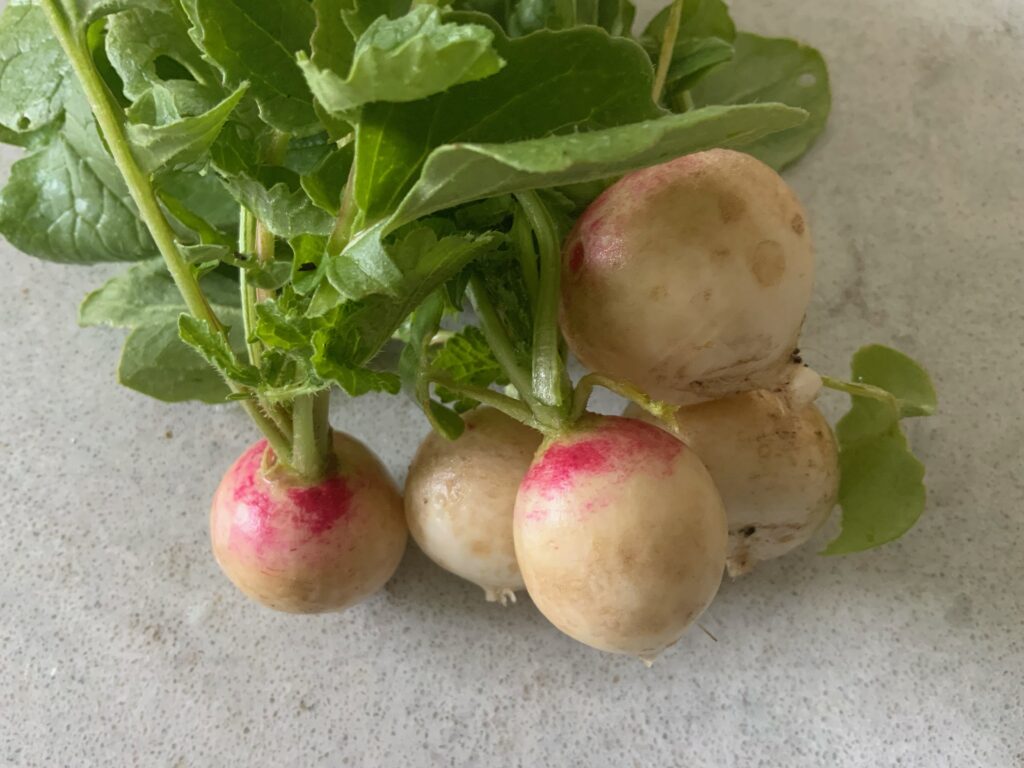 If you’ve never had the experience of growing and eating your own food, you’re missing out. The taste is better. The quality is better. It’s healthier. In the SFG the soil reigns supreme, which greatly affects the taste of the food. And it’s also more economical. Growing your own food is like printing your own money.
If you’ve never had the experience of growing and eating your own food, you’re missing out. The taste is better. The quality is better. It’s healthier. In the SFG the soil reigns supreme, which greatly affects the taste of the food. And it’s also more economical. Growing your own food is like printing your own money.
This past week I harvested some leeks and turnips. The recipe I was making-a leek/turnip soup, called for more turnips than I had, so I made up the difference with a few radishes. I’ve not grown this radish variety before but it was outstanding. It’s Red Head from Territorial. And the soup-it was outrageously delicious.
One of these days I’m going to have a SFG class at my home and combine it with a lunch, where others can taste what things are like coming out of the garden. All I have to do is serve a salad and you’ll be hooked. Fresh off the vine cherry tomatoes, a few slices of a European cucumber, candied nuts, a thin slice of red onion, and some homemade croutons to go along with one of the 28 different varieties of lettuce that I grow. It doesn’t get any better than this. Coming soon.
This past week I upped an order from Johnnys which include 3 different types of salanova lettuce. It holds up very well in our hot summers once you know the 5 tricks to have lettuce available during July and August. And, now is the time to think about summer lettuces. Give salanova a try.
